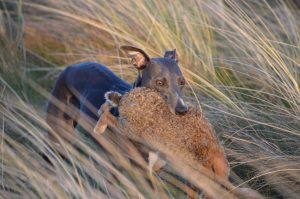Long live the Rabbit!
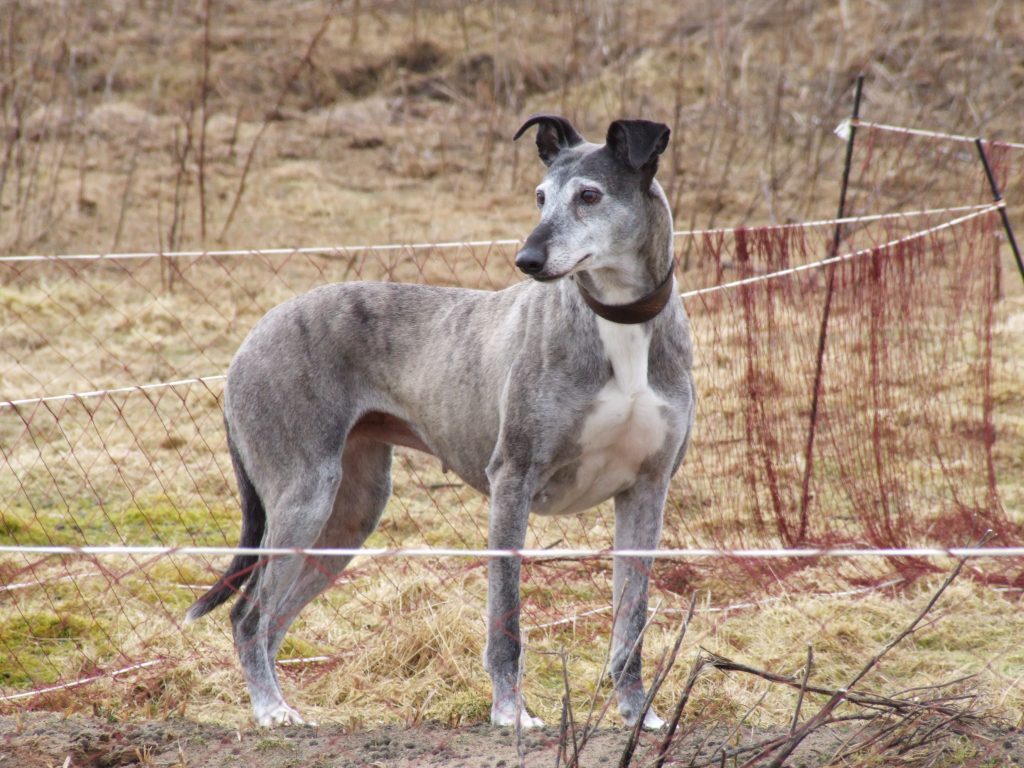
First published in “Rural Pursuits Magazine” 2021
It’s been many years now since I decided the indoor life was no longer for me and became a full-time rabbit catcher. A job title that leaves most people bemused when I answer the question of “What do you do for a living”! In those years a lot has changed with what I do, not least a massive decline in the population of rabbits right across the United Kingdom and eventually Ireland. What has actually caused such a drastic decline? It’s a question regularly posed and one that I and it appears nobody else has a definitive answer for. In years gone by Myxomatosis came and went and in most areas the rabbit populations pulled through and, in many places, only the occasional rabbit was affected. A rabbit with Myxomatosis would break the strongest heart and I always felt and still do feel sick to my stomach when I come across an affected rabbit, I can imagine no worse death for an animal. I first came across a “Mixy” rabbit as we called them many years sitting on a grass verge on the edge of the village where I lived and even then, I knew straight away when I approached it obviously was unable to see me; it looked to be suffering badly with its eyes swollen and running nose and appeared unable to move. I didn’t put it out of its misery as I would now if I found one in the final stages, but told a local man who occasionally took me ferreting and he told me exactly what it was. I remember him asking exactly where I saw it and feeling a sense of concern from him – He was of course afraid of the implications for the local population if Myxomatosis took hold as up until this time it had never been heard of the local area.
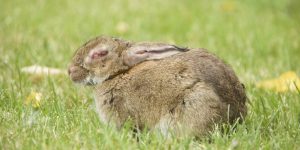
That local area was once one of the largest commercial rabbit warrens ever recorded and was up until the 1950’s when the export of skins declined. But up until then it was known for the finest rabbit skins in the world and they were highly prized by Parisian hat makers. The reason for the quality of the skins or furs was allegedly down to a particular type of moss, unique to the area and when grazed by the rabbits it gave them an almost glossy shine. I have over the years been given, collected and cured skins from many places and have yet to find a better-quality fur. Trapping, ferreting and Long Netting was carried out on these warrens on various areas that were granted or leased to individuals or groups. These methods were preferred as they caused little or no harm to the furs as opposed to snaring or shooting which would damage both the meat and fur therefore obtaining a less favourable price from the dealer. “Rabbit Trains” were normal and ran through the area several times a week collecting rabbits packed in crates which eventually reached Dublin and were broken down into meat, skin and bones with all three being used and nothing wasted. The skins went to Paris; the meat was often sent to England or remained and the bones were used to make glue.
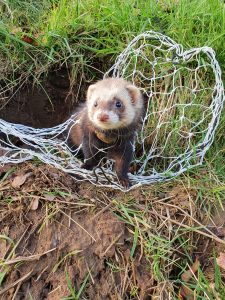
There are many records in existence and many relatives of the old rabbit catchers still exist in the area to this day – It is no “Pie in the sky” or rose-tinted nonsense that is often talked about the trade in rabbits by people who never did it nor knew anyone who did it. There were many people who snared or shot the odd one for the pot but not a whole lot actually made their full time living from rabbits. In our area, long before my time, men such as Frank Cunning who died only a few years back, Tommy Sommers and John McIntyre were not only know rabbiters but renowned across the country and made a living from the trade using Long Nets with Hazel poles, ferrets and nets as well as traps. Shooting at that time would have only been with shotguns and was avoided of as the damage to the fur made it worthless. John McIntyre was a man of a breed now long gone. He lived in a small dry-stone house on the side of Benevenagh mountain with his family who were weavers and kept horses and livestock and as a younger man used ferrets and Long Nets to make his living from what was a then booming trade in rabbits. John was a tough type, not in the sense of a hardy fighting man, but tough made. He walked to work and walked back but you need to understand exactly where he lived to understand what that means! Younger men who knew him said he knew every nook and cranny in the district that held a rabbit and could winkle as many from dry stone walls in a day as he could from the large sandy warrens along the shores. Every rabbit he caught he carried home (uphill) to hang until they were to be collected. I remember him discussing rabbits when I was a child, talking about Long Nets and Hazel pegs and I used to love listening to him as he smoked his pipe and had the craic with my father in his little house above the church at home. Diagnosed with cancer at 75, the doctors told him there was little they could do – He lived into his late nineties and was a sharp as a tack until then, he said the pipe and the odd bottle of stout kept him young.
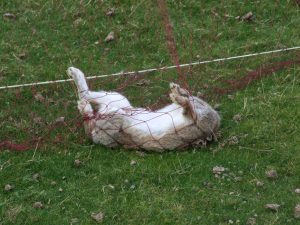
I use Long Nets today as the rabbit men of years gone by did and the warreners before that did as well. Some people often think of the rabbit as a native animal but he was in fact a Spanish import, the Conejo (Co Nay Ho) as he is known in Spain was brought to our shores around the 18th Century by either the Normans or the Romans (the debate continues) to be farmed just as modern livestock is farmed today. The original rabbit warrens were man-made structures with soil “mounds” created inside to encourage the rabbits to dig up off the flat ground to avoid getting the warrens flooded with rain. These warrens were looked after by a “Warrener” a very highly paid and important job at the time and the type of man who would have gained a lot of respect in his area with the rabbit being such a commodity. Contrary to popular belief, the very first man made warrens were in Ireland, long before they were ever discovered in England. I have for many years researched possible sights or remains of commercial warrens in Ireland to no avail. I have saw pictures of derelict warrens and mounds in England but have yet to find anything here. There most likely are remains of warrens in several places but people are just unaware of what they are. When demonstrating at events annually with my barrage of ferrets and dogs I often tell people to look into their local area name, townland etc and you will often find a reference to rabbits. Our history and culture is intertwined and many place names in Irish have a rabbit connection that in some cases relate to a rabbit warren at some time in history. Ireland has a massive history with rabbits that has largely been forgotten and it is such a shame. Knocknagoney in Belfast – “The Hill of the Rabbit” a once thriving commercial rabbit warren.

The rabbit itself is a fascinating creature, and so much more than people ever understand. Rabbits pair for life and males defend females against younger males very viciously. I have many summer mornings spent time watching buck rabbits kick and fight each other very aggressively and it is no coincidence that male rabbits often have slashes in their ears and on their faces. There is often the school of thought that a rabbit controller spends his days on lovely green fields catching rabbits by the score and enjoying life! However, like everything this is far from the truth. I have ferreted and caught rabbits in some of the most unusual and strange places that you could imagine and it is definitely not all that people think it is. Some years ago, two friends and I were ferreting on some disused government property that held quite a population. The first few rabbits bolted very slowly and appeared sort pf disorientated and were in very poor condition. They were thin and their coat looked dull and very thin. After sometime the ferrets moved a couple of rabbits into a dead end and we dug down only a few inches and quickly realised that the rabbits were living in a huge pile of asbestos that had been buried – It quickly it explained their strange behaviour and poor condition, we didn’t hang about too long and got the ferrets out and the nets up! On another occasion I had to remove some rabbits from a hospital ventilation system and it was quite strange to be hanging nets over ducts on the outside of walls and entering ferrets and then hearing the rabbit rattling along the pipes before hitting the nets! The ventilation system was built into the foundation of the hospital and the ducts were an inch or so off the ground, over the years children had kicked the grids off and the rabbits made it their home – They weren’t really doing any harm until either a rabbit or something else died in the pipes and the smell got a little too much, so before closing off the ducts we had to evacuate the occupants.
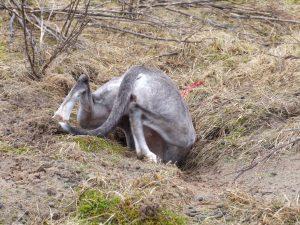
The big number days are as good as gone, as my friend Liam would say “The best has been seen”. I am still relatively busy for a rabbit controller living in Ireland but things are not as they once were. There were times we ferreted rabbits by the skip load and had not enough hours in the day. These days I could be ferreting half a dozen from a private garden or taking three or four from an oil refinery that are burrowing into a safety wall, but it’s still as enjoyable as it was and the big jobs still crop up now and again. Being a rabbit controller to many is the ideal job, one man said to me a few years back I was “Living the dream”, but the dream is far from reality and to be honest being a rabbit catcher is a difficult job filled with as much hassle, stress and pressure as other job and there are many days I would love to punch the clock at 5.30 and go home but it doesn’t work like that. It does have its bonuses however and there are days when it’s just myself, a few ferrets and my Lurchers “Fudge” or “Sadie” and it could be a dry day in October, the rabbits are bolting and everything is going smooth and there is nowhere or nothing else you would rather be doing.
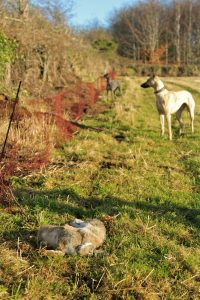
What is the future for the rabbit? He is a very resilient animal and has come through many things. No other animal in the world has been hunted like him. Look at the many hundreds of traps designed just for him. Ferrets were domesticated in order to hunt rabbits, along with the many types of dogs like whippets, lurchers and others like the Spanish Podenco. The rabbit has been snared, trapped, hunted, poisoned and fell victim to man-made diseases not to mention shot, but he is still here. The rabbit is for now having a bad spell, a rough time, its maybe one of the worst he has had since 1949 when Myxomatosis reduced the population by 90%, but I believe they will bounce back and in fact I hope that they bounce back. Our countryside is so much less without the rabbit, he is a cog in the wheel that we cannot do without, long may he continue.
